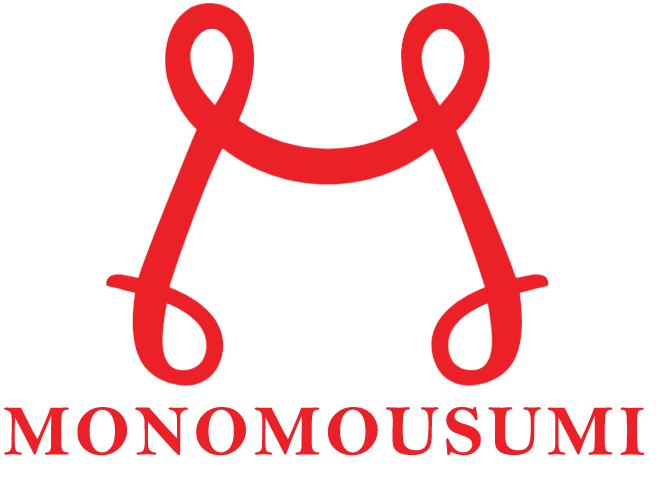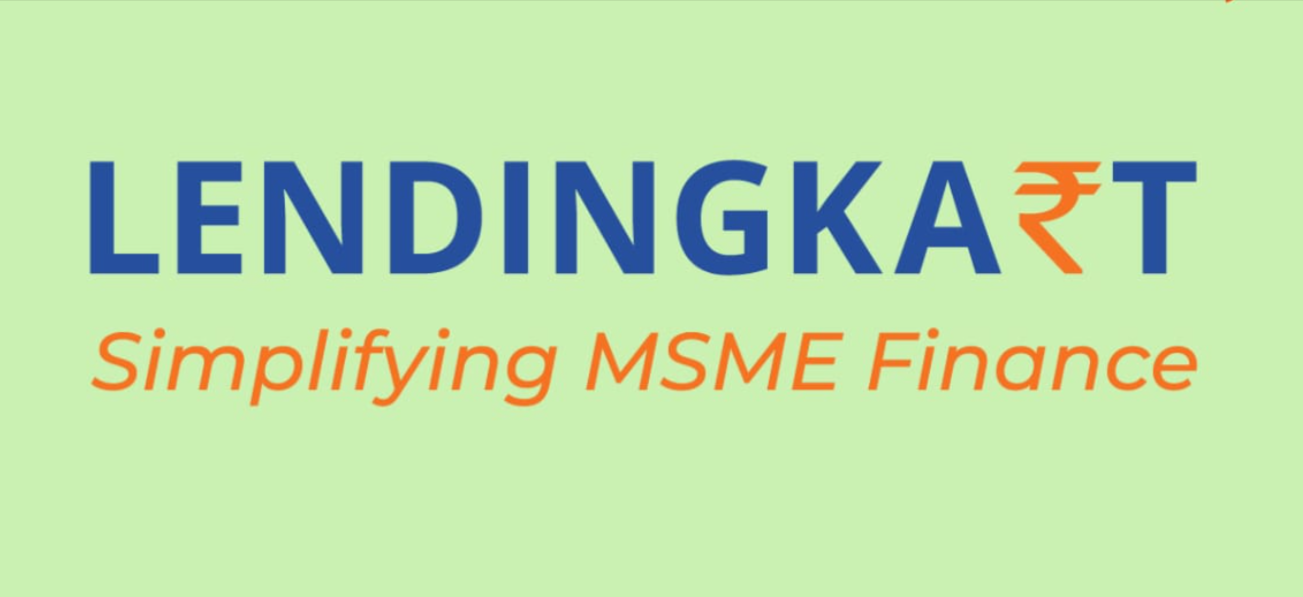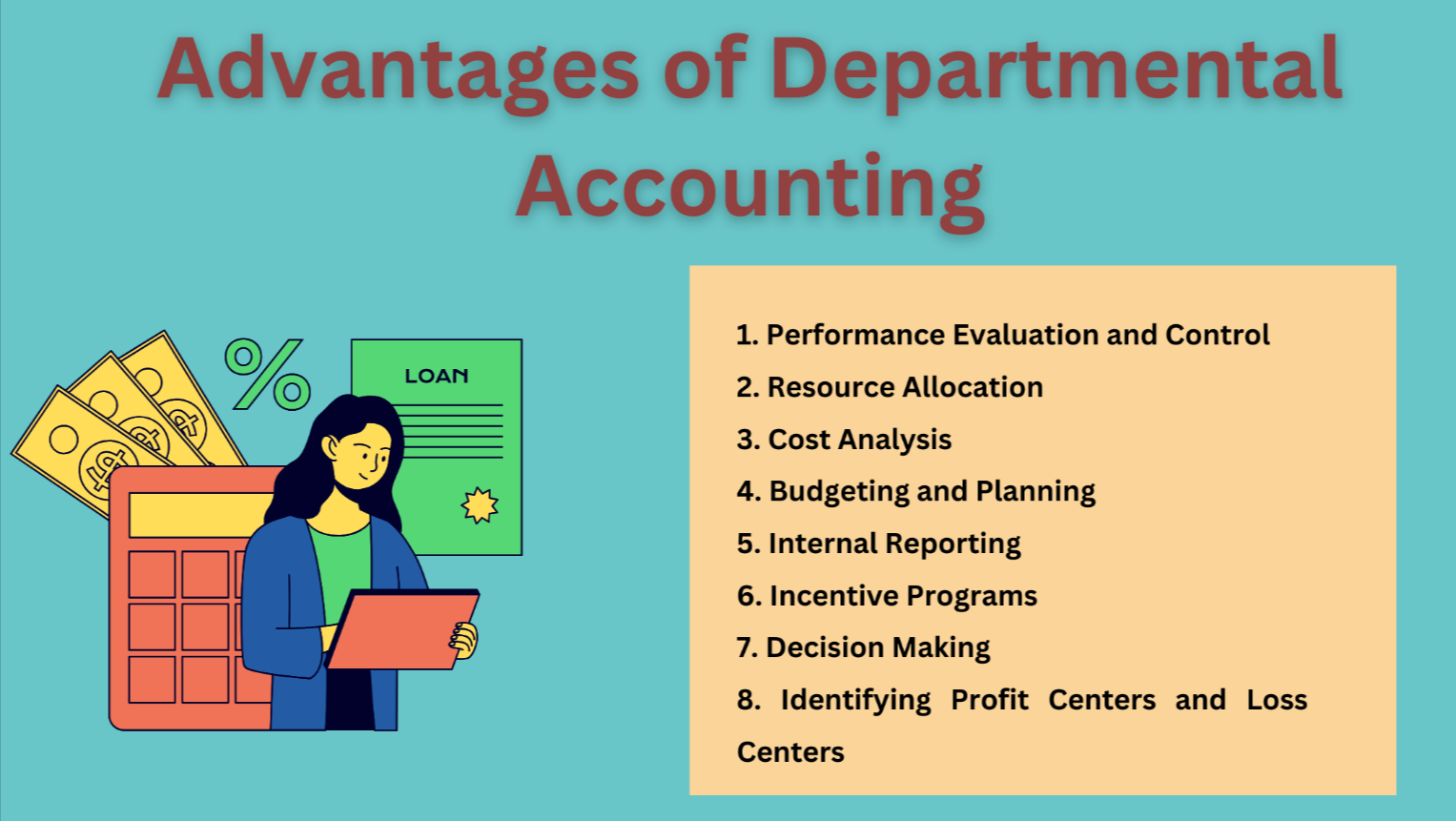Lendingkart was founded in the year 2014 with Harshvardhan Linia as well as Mukul Sachan is a renowned electronic lending system in India that focuses on offering quick and easy loan to smaller and mid-sized businesses (SMEs). Through the use of technology and data analysis, Lendingkart has revolutionized the traditional lending process and made it easier and efficient for businesses who frequently struggle to get loans through traditional banking. This article analyzes the Lendingkart business model and explains how the platform earns money.
Overview of Lendingkart’s Business Model
Lendingkart operates on a B2B (Business-to-Business) and B2B2C (Business-to-Business-to-Consumer) model, catering to the financial needs of SMEs. Its business model centers around:
- Digital Lending Platform Utilizing technology to offer working capital loans to small-sized businesses.
- paperless process The loan process is offered that require minimal documentation and speedy approval times.
- data-driven credit assessment: Using machine learning and AI to evaluate the creditworthiness of borrowers on other data.
- No collateral required The purpose of this loan is to provide business loans that are unsecured to those who do be unable to use as collateral.
Through addressing the issues of financing that are faced by SMEs, Lendingkart aims to fill the gap in credit for the Indian market.
Revenue Streams
Lendingkart earns money through a variety of channels, with a primary focus on interest income and the associated charges:
A) The Interest Earnings
The main source of income that is generated by Lendingkart is the interest paid on loans made to SMEs. The loans are usually temporary in nature, and have periods ranging from 6 months and up.
Revenue Model:
- Lendingkart provides interest rates based upon the creditworthiness of the borrowers, their capacity to pay as well as the risk profile that it has assessed using their AI-powered algorithm.
- The interest rates typically vary between 12 and 24% per year based on the size of the loan and risk.
B) Processing Fees
Lendingkart offers one-time processing fees for each loan that is disbursed. The fee covers the administrative costs related to loan approval and the disbursement.
Revenue Model:
- The typical processing fee is 2 to 3percent of the amount of loan.
- This upfront cost is a significant contributor to the profits of Lendingkart.
c) Late Payment Penalties
If the borrower fails to pay their installments in the due date, Lendingkart charges late payment charges or penalties. This is a way to encourage prompt repayment, while also increasing the profits of the business.
Revenue Model:
- The penalty rates are predefined in the loan contract and differ based on the late amount and the duration of the delay.
d) Lendingkart 2gthr Platform
Lendingkart has a co-lending service named Lendingkart 2gthr which permits financial institutions as well as NFCs (Non-Banking Financial Corporations) as well as banks to collaborate with Lendingkart to distribute loans. It facilitates partnerships through the management of the assessment of credit and the loan’s origination.
Revenue Model:
- Lendingkart earns a revenue share or commission from partner institutions for each loan that is made available through the platform.
- Additionally, the company charges an platform use fee for its analytics and technology services.
e) Portfolio Management Fees
In the case of partnerships and co-lending, Lendingkart offers portfolio management services that include the tracking of loans, collection of repayments and risk evaluation.
Revenue Model:
- Financial institutions that partner with them charge a fee for managing and managing loans on their behalf.
F) Credit Assessment Services
Lendingkart utilizes its own AI as well as data analysis tools in order to determine the creditworthiness of potential borrowers. The tools analyse over 55,000 data points, which include GST reports as well as bank statements and social media activities.
Revenue Model:
- Lendingkart grants credit scoring tools to banks as well as NBFCs, which generates additional revenue.
g) Cross-Selling Financial Products
Lendingkart works with insurance companies and financial service firms to provide value-added services such as:
- Business insurance.
- Plans to protect loans.
Revenue Model:
- Commissions earned from the sale of the products.
H) Costs of Loan Origination
When it partners with financial institutions to facilitate loan distribution, Lendingkart charges fees for loan origination for onboarding customers as well as facilitating loans.
Cost Structure
Lendingkart’s operations are based on a number of cost elements that help support its lending model based on digital technology:
is a) Technology and Infrastructure
This company is investing heavily into AI and machine learning and cloud-based platforms that ensure the speedy processing of loans and assessment of credit.
(b) customer acquisition
Lendingkart invests a lot of money in partnership, digital advertising and referral programs to draw SME lenders.
C) Costs for Loan Disbursal
The costs associated with managing the funds and partnerships with banks/NBFCs and operating overheads are essential to the lending operations of the company.
(d) Loan defaults
Like any lending company Non-performing asset (NPAs) and defaults by lenders are an expense and risk for Lendingkart.
E) Regulatory Compliance
Conformity to RBI rules and regulations requirements increases operational costs.
Unique Features Driving Revenue Growth
Lendingkart employs various strategies to protect its competitive edge and boost revenue growth.
a) Technology-Driven Lending
Lendingkart’s proprietary algorithms look at alternative data sources such as the history of transactions taxes, transaction history, and feedback from customers to determine creditworthiness quickly and precisely.
B) Fast Disbursal
Approval and disbursement of loans can be completed in less than 24 hours and disbursals are completed within 72 hours, making Lendingkart an ideal option for SMEs who are in desperate need of cash.
c) Flexible Loan Offerings
Lendingkart provides unsecured loans that come that offer flexible payment options that cater to companies that experience fluctuations in cash flow during the season.
D) Wide Market Reach
With operations in more than 1300 towns and cities across India, Lendingkart has expanded its offerings into Tier 2 cities and Tier 3, bringing its services to areas that are not served.
E) Partnership Model
The Lendingkart 2gthr platform enables the company to increase its operational capacity without significantly increasing exposure to risk in its.
Challenges and Opportunities
Challenges
- Credit risk The possibility of loan defaults, specifically for the SME sector, could impact the company’s profitability.
- Intense competition Competing against traditional and other lenders using digital technology as well as traditional banks can be a problem.
- Regulative Examination Conforming to the strict guidelines issued by the Reserve Bank of India (RBI) requires constant surveillance.
Opportunities
- Financial inclusion Expansion into semi-urban and rural regions has a significant growth opportunity.
- digital Transformation A rising use of digital tools by SMEs results in a demand for technology-enabled lending solutions.
- Partnership Development Collaboration with other banks and NBFCs will increase the reach of Lendingkart and increase its revenue.
- New Financial Products Offerings are expanding to incorporate savings accounts as well as digital payment or wealth management services.
Financial Overview
Lendingkart has received significant funds from investors such as Fullerton Financial Holdings, Bertelsmann India Investments as well as India Quotient. With more than Rs12,000 crore of loans so far, the company has become a leading player on the SME lending market. Although Lendingkart has had its share of challenges, such as insolvency of loans in the wake of the pandemic due to its technologically-driven approach, it’s numerous revenue streams have ensured constant growth.
Conclusion
The business model of Lendingkart demonstrates the effectiveness of technology in closing the gap in credit available to SMEs. With its quick, flexible and affordable loans, the company has become a trusted supplier for small companies across India. With its emphasis on partnership, innovation and financial inclusion Lendingkart is well-positioned to continue its growth and stay an important player in India’s growing fintech industry.




